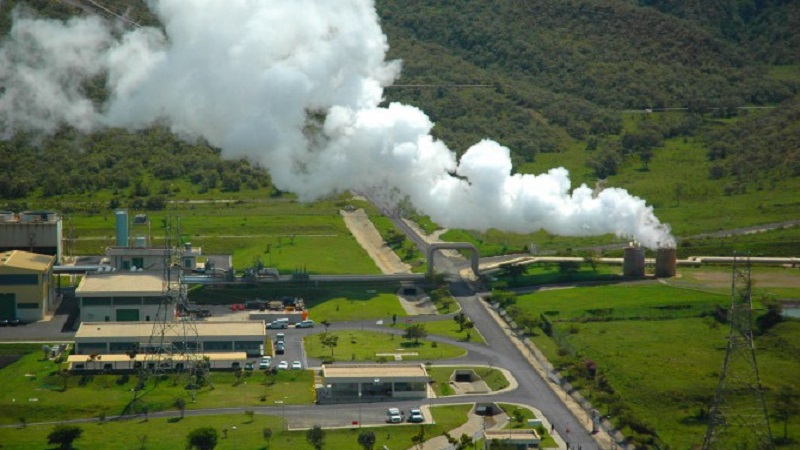
Can academic research help minimise risks when building big inner-city projects? The University of Pretoria boasts the biggest centrifuge in the Southern Hemisphere which allows for the Department of Civil Engineering to conduct conclusive testing and remain at the top of the technology charts in South Africa. Prof Elsabe Kearsley explains how this procedure works and why it is so important for the industry.
Prof. Kearsley has been researching with the biggest centrifuge in Southern Africa for the last three years. By modeling pavements, excavations and even sink holes, she is testing soil structure interaction to find out what structures do to the soil they stand on.
The valuable data collected will help limit risks when, for example, building excavations close to existing structures, pilings close to an existing tunnel or tunneling under an existing city.
Kearsley says that the challenge for the future for this type of research, is getting industry to support them and to get them to a point where their results can really be proven with full scale testing.
Currently funded by the National Research Funding, the intention would be to make the equipment a national facility, open for everybody, in a multi-stakeholder partnership with private companies as well.
=======================================
www.Concrete.TV – Camera: Nawaal Deane. Edit: Anna Sacco. Text: Adrienne Taylor
Facebook: https://www.facebook.com/pages/Concretetv/109681892488758?ref=hl
Twitter: @_concretetv
www.Concrete.TV – a dynamic blend of broadcast style television and WebTV, covering: news, projects, products, people, countries and events for the concrete and construction industry.
=======================================
[Helping minimise risks when building big inner-city projects [construction] ]
[http://youtu.be/Vk79r1ArJs0]





